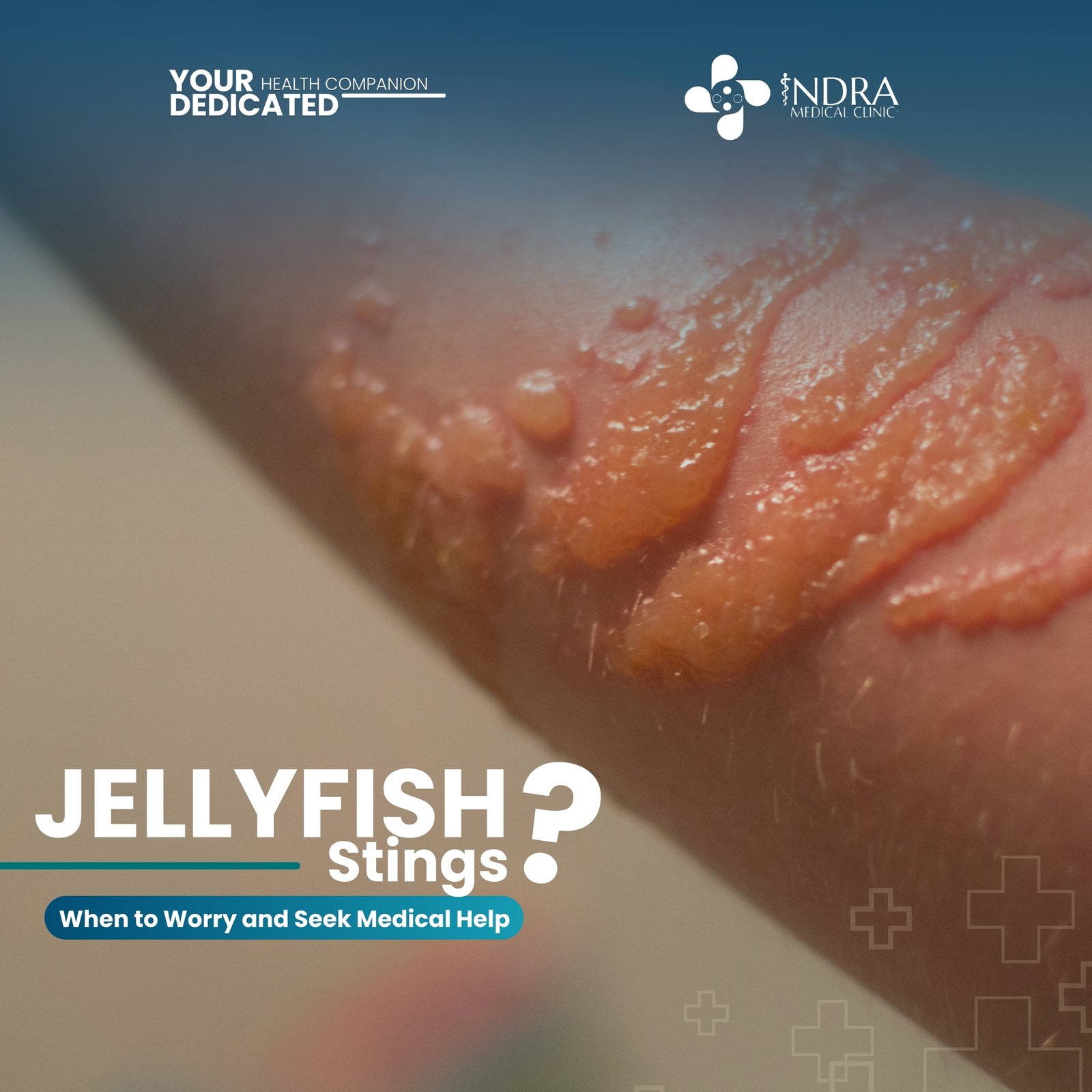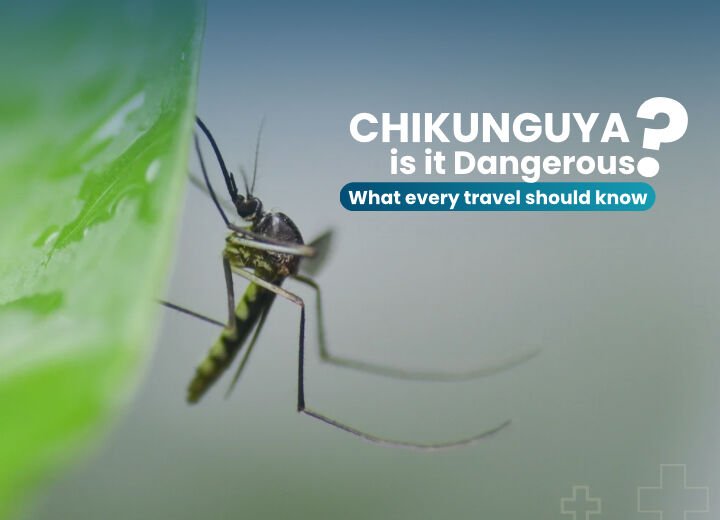If you love swimming, snorkeling, or diving in tropical waters, you’ve probably heard about jellyfish stings.
Most are harmless — but some can cause serious reactions. Let’s break down what you need to know in a quick, interactive way 👇
🌊 What Happens When You Get Stung
When a jellyfish touches your skin, tiny barbed cells called nematocysts inject venom.
This can cause:
✅ Burning or stinging pain
✅ Redness or raised welts on the skin
✅ Itching or tingling sensation
Quick Relief Steps:
Get out of the water immediately.
Rinse with vinegar (not fresh water!) — it stops the venom cells from firing.
Carefully remove any tentacles with tweezers or a stick.
Soak the area in hot (not scalding) water for 20–30 minutes.
🧴 Do not rub, pee on, or use alcohol or ice directly — these make it worse.
🚨 When to Seek Medical Help Immediately
You should go to the nearest clinic or hospital if you experience:
❗ Severe or spreading pain
❗ Difficulty breathing or chest tightness
❗ Nausea, vomiting, or dizziness
❗ Muscle cramps or confusion
❗ Stings covering large areas of the body
❗ You’re stung by a box jellyfish (Chironex fleckeri) or Irukandji jellyfish — both are potentially deadly
🌴 Traveler’s Prevention Checklist
Before entering the water:
☑️ Ask locals or lifeguards about jellyfish season
☑️ Wear a rash guard or stinger suit
☑️ Carry vinegar spray in your beach kit
☑️ Swim only in designated safe zones
💬 Real Talk for Travelers
Most stings are minor — but don’t underestimate them.
Early action and calm response are key.
When in doubt, get checked by a doctor, especially if symptoms feel unusual or you’re far from home.
If you are traveling in Bali and notice unusual skin reactions after swimming, don’t wait — our medical team is available for quick and professional care right at your hotel or villa.



